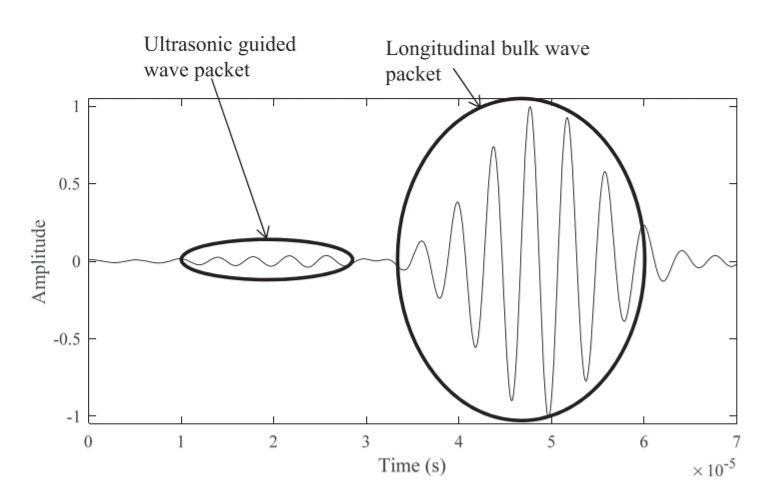Ultrasound tomography in bone mimicking phantoms: Simulations and experiments
Timothe Falardeau and Pierre Belanger | Department of Mechanical Engineering, Ecole de Technologie Superieure, 1100 Notre-Dame Street West, Montreal, Quebec H3C1K3, Canada
Congratulations to Timothé Falardeau, Project Manager at Nucleom, for his article publication in the Journal of the Acoustical Society of America (Vol. 144, No.5) DOI: 10.1121/1.5079533.
Abstract
Bone quality assessment for osteoporosis diagnosis is usually performed using dual energy X-ray absorptiometry or X-ray quantitative computed tomography. Recent research demonstrated that both methods are inaccurate in diagnosing osteoporosis since they rely only on the bone mineral density. The literature on bone quantitative ultrasound suggests that ultrasonic waves are sensitive to multiple significant bone parameters such as mechanical properties, the bone volume fraction, and the micro-architecture. Typical ultrasound tomography techniques are limited to image objects with a low speed of sound contrast relative to a background medium. In this study, the possibility of adapting a more advanced ultrasound inversion technique referred to as the hybrid algorithm for robust breast ultrasound tomography for velocity mapping of bone mimicking phantoms was examined. The cortical bone thickness and the cortical bone speed of sound, which are directly related to the bone elastic properties, are parameters strongly correlated with the overall bone quality. A finite element model and an experimental test bench were developed to adapt the hybrid algorithm for robust breast ultrasound tomography to bone quality assessment. Although artefacts were present in the images generated, the results obtained enabled discrimination of a healthy bone phantom over an osteoporotic bone phantom based on the cortical bone thickness and the average cortical bone velocity. The speed of sound inside the cortical region of the bone phantoms was underestimated by 9.38% for the osteoporotic phantom, and by 10.68% for the healthy phantom relative to the values supplied by the bone phantom manufacturer, but there was a difference of 3.97% between the two samples. The difference between the measured cortical bone thickness of the reconstructed image and the X-ray computed tomography images was on average 0.4 mm.
Copyright (2018) Acoustical Society of America. This article may be downloaded for personal use only. Any other use requires prior permission of the author and the Acoustical Society of America.
The following article appeared in the Journal of the Acoustical Society of Amer (Vol. 144, No.5) and may be found here.
See also:
